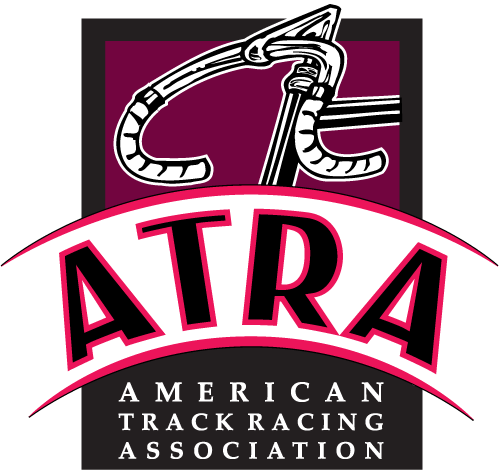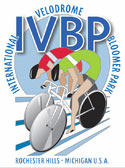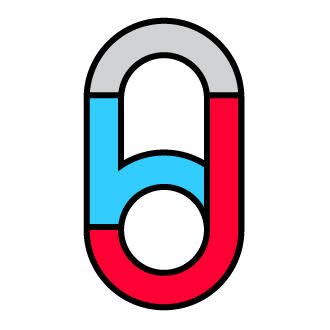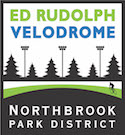What do you need to know before you ride the track?
All tracks require that new riders take a class to learn the proper way to ride and race on the track. Contact your local track to find out about classes in your area.
Listed below is some basic information that all riders need to know about.
- All riders must sign release forms for the seasons racing and training. Please read and fill out forms correctly and legibly. Insurance is costly and a must to run a program safely and assure it will continue.
- Respect is to be shown to all volunteers, officials, spectators and promoters at all times. People spent a lot of time, money and effort to bring quality racing to the track. Please be polite.
- It is very important for any rider new to track racing to be aware of what is going on around them. It is the riders responsibility to know the current rules of track racing. number’s are to be worn mid back left – sideways so it can be read in a pack by officials. If given two numbers place the other on the right side. For time trial’s use one number between hips center of back. The many different types of races that take place on the track will take time to learn.
- Pace lines form along the blue line and the sprint lane and the rail. You enter a pace line from the end. Keep steady and straight working your way to the front and take your pull, pulling off in turn one or turn two. If the line is keeping a count call out you lap number so the whole line can hear it. Always look when pulling up track. When the line passes float down track and get back on. Do not pull out of a pace line in the middle but if you must signal the rider behind you with your left hand and look right and pull out and ahead so riders behind you can draft you.
- When racing on a track you must stay in the drops, possible disqualification. For your safety and others when in a pack stay straight. Abrupt movements left or right are for experienced sprinters, they have no place in a mass start event. Hold your elbows and knees in and stay sleek and smooth of pedal stroke. If you find yourself in the sprint lane and being passed, riders will yell “STAY”. Stay as far down track as possible. If you have the misfortune to be in turn 4 in a race when the pack catches you, don’t get out of the saddle and try to sprint them just hold your line and ride in. When sprinting in the sprint lane passed the 200m point you must remain in the lane (disqualification). A rider in the sprint lane can not be passed on the left. (disqualification).
- Nothing is allowed on the bike. Just frame – bars – seat – and wheels.
- An unwritten signal in bike racing is the head turn. To get a riders attention in your immediate area of your intentions. Turn your head in the direction you want to move. Sometimes it has to be done twice. Once warned he can choose to let you make the move or not. You warned him. What happens behind you in a mass start race is none of your concern. To constantly look back is confusing and unsafe to other riders. Find an opening and GO!
- Split decisions have to be made in track racing. It’s very close to crit racing, if you miss a wheel your race is over early. So be alert. Bad sportsmanship will not be tolerated at any level. Fines will be awarded to offenders. Repeat offenders may have their season pass revoke.
- Please be respectful of the track and pick up after yourself before leaving. Remember we run this track with volunteers – no one gets paid and the cost are sizeable. Abide by the rules and have fun. If you don’t know ask. Volunteers, potential officials or promoters and anyone who wants to help in any way will be greatly appreciated. Contact the track director at your track.
Track Markings
When you first see a track, you may be wondering what the lines mean. Like a football pitch or other sporting arena, the velodrome is no different in that it needs to be marked out and to help you know what the lines mean, here is a guide.
- The Track Centre
Different tracks have different track centers. The “track centre” is the grass area in the middle of the track. On indoor tracks there may be a section of the track centre where riders can “roll” round after a race, it may act as a safety area in races, giving riders somewhere to ride on to slow down in case of a puncture, or in the event of a crash, a “run off area” to avoid endangering them or anyone else in the track centre. Officials will often patrol this area to ensure the riders tactics are within the rules. - Blue Section Below The Track
The “cote d’azur” also known as the “blue band” is situated at the bottom of the track. During a race, this area is not part of the track, and any riders who get ‘boxed in’ and try & sneak through on it are liable to be disqualified by an official. For pursuits & time-trials, blocks are placed on the edge of the blue band to help ensure that riders do not try to reduce the distance by riding below the track on the bankings. - Black Line
The first line on the track is the measurement line & is normally painted black. It signifies the bottom of the track, however, this is not strictly true, as racing is allowed below this line, to the cote d’azur. The length of the track is actually measured on the black line, so a 250m track will be 250m long round the black line. The gap between the cote d’azur & black line will normally be around 20cm. Pursuiters and kilo riders try to stay as close as possible to this line during their races as tenths of a second can be the difference between winning and losing. - Red Line
The red line a meter or so above the black, is known as the “sprinter’s line”. The rule of the line can be open to interpretation, but generally when a bunch (two or more riders) starts to sprint, the leading rider in the sprinters lane (the area between the black & red lines) has ownership of the lane. - Blue Line
Running around the middle of the track is a blue line known as the “stayer’s line”. The leading rider is required to ride on the “stayer’s line” permitting other riders to overtake above them. The line is also used in other races like the Madison event where the team-mate not currently in the race must stay above the stayers (blue) line for safety reasons while waiting to be ‘slung’ into the race. The blue stayers line is also relevant for warming up & training as slower riders are required to warm up above the line, leaving the area below for faster riders perhaps practicing sprinting or pursuiting. - Other lines
In addition to the lines running around the track, there are two main lines running from top to bottom. The finish line is fairly obvious, being at the end of the start\finish straight where the judges will be standing. Additionally there will be another line 200 meters from the finish. This is used to record individual qualifying times for sprint events and also to record a time for the actual sprint itself. The black line will also have markers around it to signify 20 meters, 30 meters and so on.














